Microsoft Planner vs. Trello: Choosing the Best Kanban App for Productivity
Selecting the right Kanban app will help your team manage projects and chores. Popular solutions for visual task management are Microsoft Planner and Trello. Each platform supports lists, cards, and boards to improve cooperation and simplify processes. However, their designs vary in their integration and usability. Knowing each tool's strengths helps teams find the finest Kanban productivity tools.
Project managers, small firms, and corporate teams all find use for both technologies. Efficiency is raised by features including file sharing, alerts, and automation. Your needs determine whether you choose Trello's flexibility or delve deeply into Microsoft 365. This article compares Microsoft Planner and Trello to find the best fit for your task management approach.
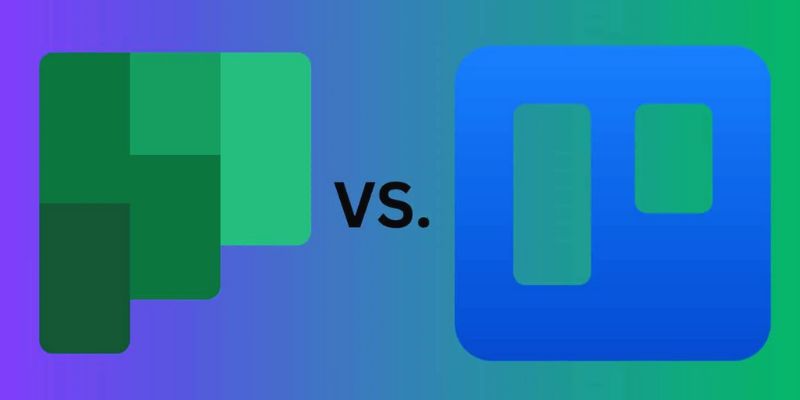
Comparing Key Aspects to Find the Right Fit:
Knowing the distinctions between Microsoft Planner and Trello requires a closer examination of their underlying capabilities. From affordability to simplicity of use, every item below looks at how these tools hold up in practical situations. This comparison guides your choice of Kanban software depending on your team's production requirements and workflow.
Ease of Use and Interface
Easy to grasp and operate, Trello's card-based interface is clear. Users can drop and drag cards representing many project phases across columns. Teams who want visible processes and beginners will find Trello's straightforward design appealing. Every card permits comments, due dates, labels, and attachments. It performs effectively for small teams, personal use, or creative initiatives. Conversely, Microsoft Planner is meant for Microsoft 365 customers. It is strongly associated with Outlook, Teams, and SharePoint, although they have similar board structures. The planner might feel somewhat less fluid but more ordered. It suits business settings the finest. Trello's simplicity wins for speed; Planner excels in professional environments. When one compares interface style and simplicity of use, user preference mostly counts. Choose depending on the surroundings and current tools your staff employs for regular chores and correspondence.
Features and Customization
With its power and outside app connectivity, Trello is quite flexible. Butler lets users make checklists, automate chores, and link tools like Slack, Google Drive, and Evernote. It gives consumers who require dynamic boards with different processes more adaptability. Microsoft Planner connects straight with Outlook, Teams, and To-Do tools in Microsoft 365. It provides smooth communication inside the Microsoft ecosystem but lacks Trello's extensive app marketplace. Planner provides calendar views, task assignments, progress monitoring, and file sharing. Still, compared to Trello, there are few customization choices. Thanks to a richer environment, Trello supports more sophisticated user needs. The ability of power users to significantly modify boards could be appreciated. Standard job procedures and organized team projects call for a planner that is more suited for you. Before you decide, assess how customized your team's needs are. Trello allows independence; Planner delivers simplicity and integration.
Collaboration and Communication
Any excellent Kanban tool is based mostly on team cooperation. Trello lets team members easily allocate cards, remark, and mention users. Updates show in real-time, and mobile access keeps everyone linked. Notifications let team members know when tasks evolve. In informal teams and creative contexts, Trello shines. Microsoft Planner facilitates teamwork using Outlook and team connectivity. Updates are sent directly to team members via Microsoft 365 apps. Inside teams, conversations help to keep communication centered. It's very useful for remote teams spanning multiple departments. A planner provides more control in formal work contexts. Trello is better for visual teamwork and flexible work. Those already dedicated to Microsoft's environment will find an advantage in Microsoft Planner. Both systems guarantee effective teamwork, but your present tech setup will aid in deciding the better fit.
Integration and Automation
Maximizing output depends on integration in great part. From Google Workspace to Dropbox and Jira, Trello boasts a broad range of outside connectors. Butler, its automation tool, lets customers build triggers and rules without coding. Tasks can move automatically, alerts can be provided, and repeating events can be readily controlled. Microsoft Planner mostly depends on Microsoft 365 interactions. It runs easily with Excel, OneDrive, Teams, and To-Do. Power Automate, a built-in Microsoft workflow tool, lets users automate jobs. Still, it calls more setup than Butler in Trello. Planner offers native automation and integration advantages for consumers already on Microsoft 365. Although Trello provides more interoperability, it could need additional setup if used with Microsoft tools. Choose depending on your present working process. Planner matches your tools if they are Microsoft-based. Trello provides the advantage if you wish flexibility with non-Microsoft products.
Mobile App Experience
IOS and Android mobile apps are available on Trello and Microsoft Planner. Simple and echoing its desktop design is Trello's app. It lets consumers quickly create, move, and change cards. Mobile-friendly designs and notifications enable consumers to handle chores on demand. Small teams seeking mobility and freelancers would find Trello's app perfect. The Microsoft Planner app links with Microsoft 365 mobile apps. It lets people access projects across Outlook and Teams. Across Microsoft mobile apps, task updates, status tracking, and file access perform nicely. Still, it could feel awkward compared to Trello's low-weight design. On mobile, Trello is rather speedier and more user-friendly. Planner advantages users of Microsoft mobile tools for managing projects of enterprise level. Although both apps are useful, your app choice will rely on platform knowledge. Planner performs best inside Microsoft's mobile ecosystem; Trello excels for mobile-first consumers.
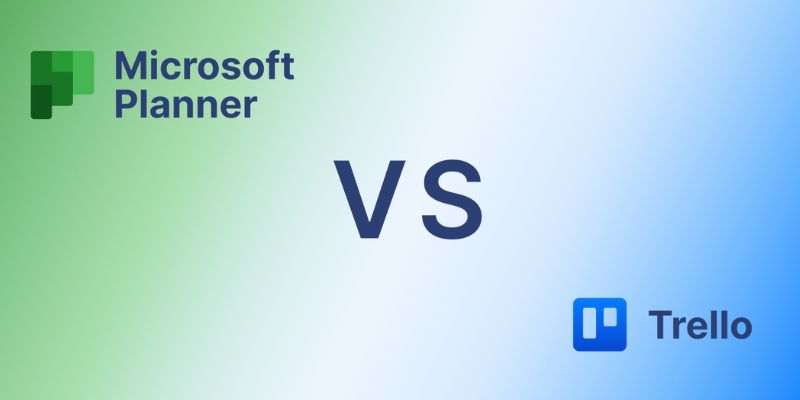
Pricing and Value for Money
Under its free plan, Trello provides limitless cards, lists, and up to 10 boards per workstation. Paid plans release features including greater security, automation, and unlimited Power-Ups. Trello's flexible price fits teams, companies, and single users. Most Microsoft 365 Business and Enterprise plans include the Microsoft Planner. There is no free stand-alone version. Companies that are already using Microsoft 365 pay Planner at no additional charge. For startups or personal use, Trello's free plan appeals. Planner offers companies already paying for Microsoft products better value. Budget-conscious consumers should think about current subscriptions before deciding. Trello provides scale and affordability. Planner offers value using packaged integration. Determine whether your team would benefit more from Microsoft's packaged services or stand-alone Kanban technologies.
Conclusion:
Great tools for visual task management include both Trello and Microsoft Planner. Trello thrives in adaptability and personalizing power. Small teams and creative people will find it ideal. For formal work contexts and Microsoft users, Microsoft Planner offers close connectivity. Your team's tools, processes, and budget will direct your choice. Trello wins if your desire is for visual freedom. Planner is perfect if you want methodically based, Microsoft-based tools. Among the greatest Kanban productivity tools, both applications are strong decisions. Choose the one that easily meets your everyday production requirements and enhances teamwork.
Related Articles
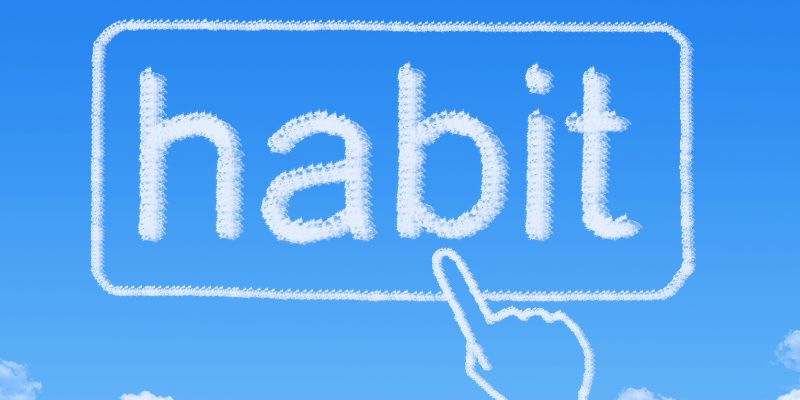
The 5 Best Habit Tracker Apps to Transform Your Life: A Guide
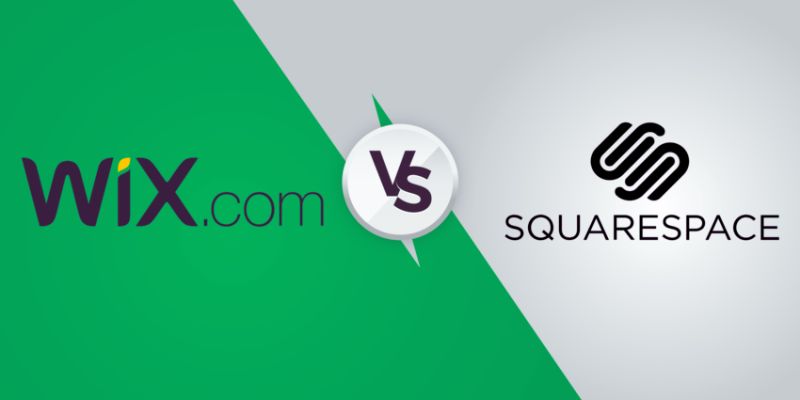
Wix vs. Squarespace: A Comprehensive Comparison to Find the Best Website Builder
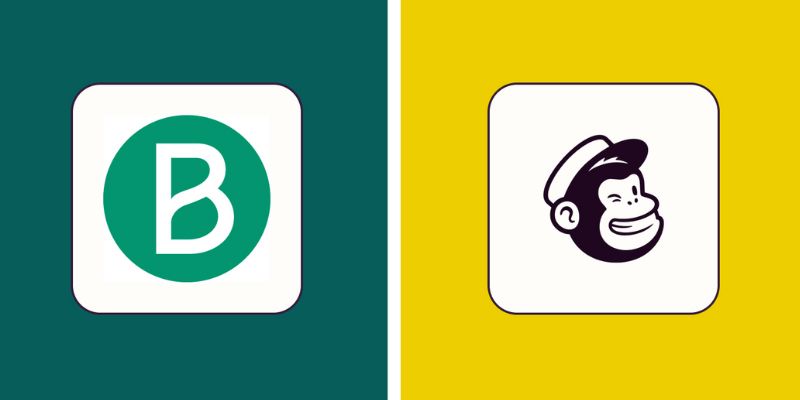
Brevo vs. Mailchimp: Choosing the Right Email Marketing Tool
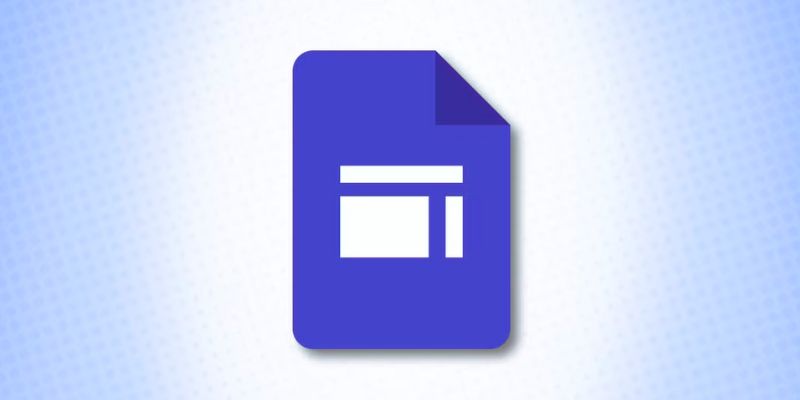
What is Google Sites And How to Use It Effectively: A Beginner's Guide
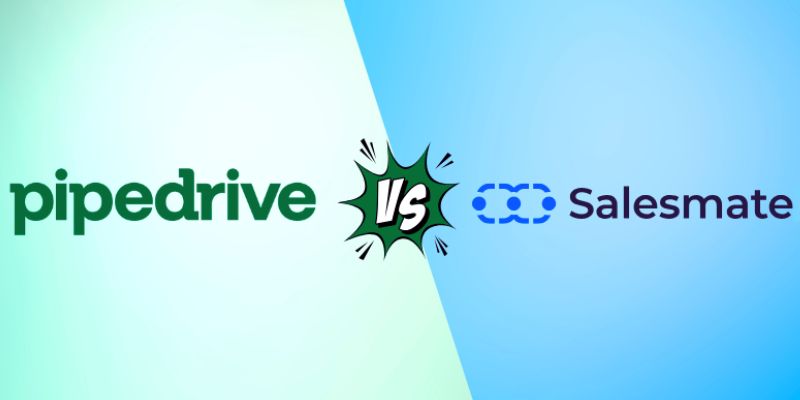
Pipedrive vs. Salesmate: A Detailed Comparison to Find the Best CRM
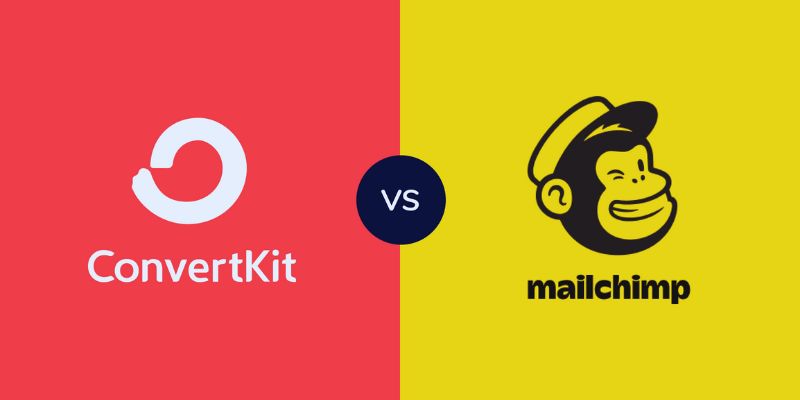
Choosing Between ConvertKit and Mailchimp: Which One is Right for You

How to Automatically Respond to Google Business Profile Reviews: A Guide

Upgrade Your Email Experience: The 7 Best Email Clients for Windows
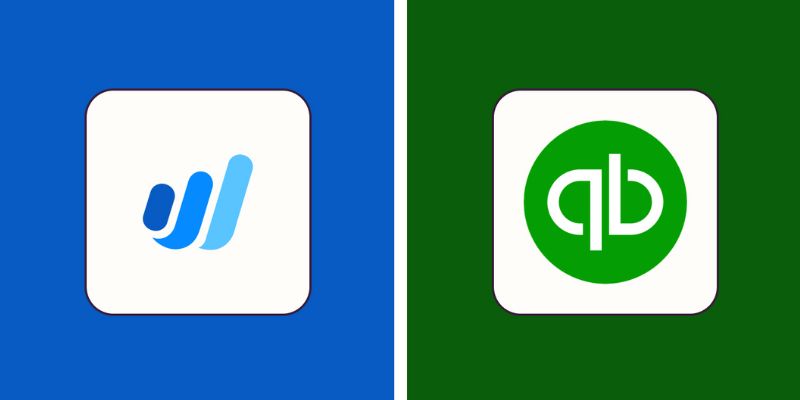
Wave vs. QuickBooks: Which Accounting Software Should You Choose

Top Online Graphic Design Tools for 2025: Canva, Figma, and More

Jasper vs. Copy.ai: A Side-by-Side Comparison to Help You Choose

 knacksnews
knacksnews